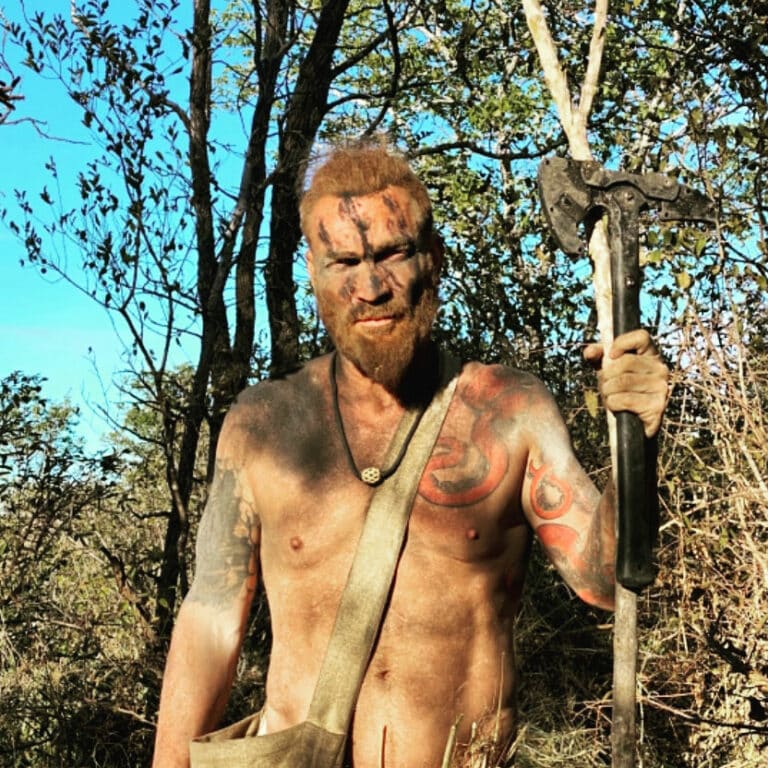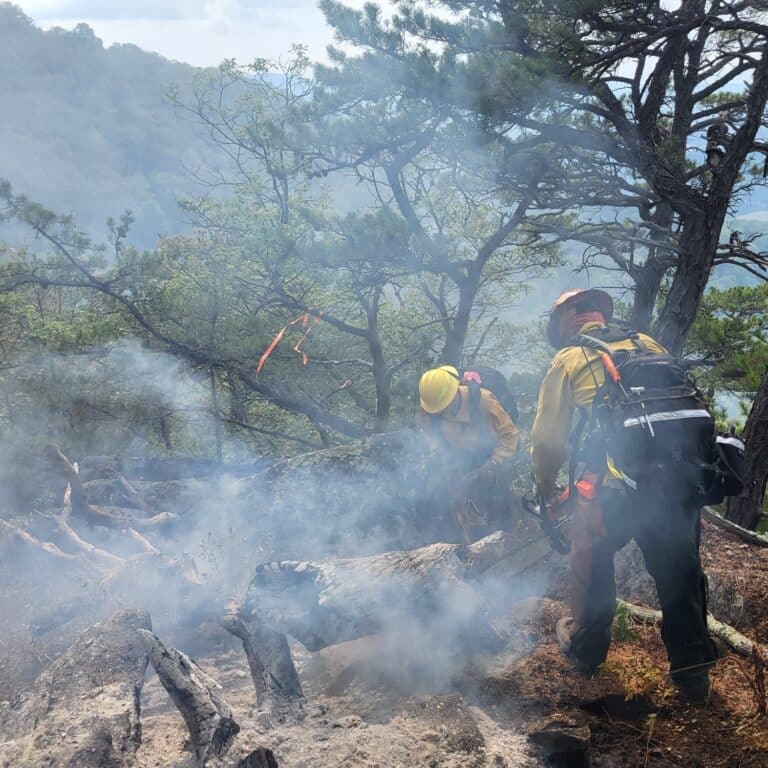Outdoor recreation generates more jobs and revenue than oil, coal, fracking, and natural gas. But the outdoor industry is just beginning to flex its political muscle.
There’s a powerful new political player: the outdoor adventurer. The economic impact of the outdoor recreation industry surpasses all others in the South. It generates 500 times more revenue than timber, and it has also surpassed some of the nation’s largest and most influential industries. Outdoor recreation is bigger than oil, bigger than coal, bigger than fracking and natural gas. According to one report, it’s even bigger than cars.
And Washington is slowly, unevenly responding to the mounting evidence of the industry’s heft. The financial power of outdoor recreation has long been underappreciated because the industry is spread across so many companies in so many economic sectors, explains Bob Ratcliffe, chief of the National Park Service’s division of conservation and outdoor recreation. “It’s an inch deep and a mile wide,” he says.
But the combined impact, revealed in a 2017 report by the Outdoor Industry Association, is big enough that it shocked even the economists who prepared the study, said Jessica Wahl, the group’s government affairs manager.
“Outdoor recreation is two percent of the GDP and is bigger than all mining, including coal, oil, and gas.”
More important, it’s big enough to send a clear message to politicians and bureaucrats: Preserving natural lands for the enjoyment of visitors is not just good for the environment but vital for the economy.
“With economic data, we were able to show that all these small industries around the country add up to this very big and important economic driver,” Wahl said.
Consumers spend huge sums, $304 billion annually, on gasoline and other fuel, some of which is pumped from leased federal land. But the total of outdoor recreation purchases—which include RVs, ski lift tickets, hotel rooms, and gear purchased at independently owned outfitters—was nearly three times that amount, $887 billion, the study found.
The standard argument for approving sprawling growth is that real estate development equals economic development, and the OIA report determined that the construction industry does indeed support a vast pool of 6.4 million workers. But it found that outdoor recreation supports even more—employing over 7.6 million.
In West Virginia, coal mining has the power to move, or at least remove, mountains. But the Outdoor Industry report suggests the state would be better off leaving them be. Nearly twice as many jobs there depend on outdoor recreation as coal.
It’s not just this industry group that has tracked the economic benefits of outdoor recreation. A 2017 Park Service report found that visitors spent $18.2 billion in its lands’ “gateway regions,” including $1 billion in Virginia and $1.3 billion in North Carolina.
And earlier this year, the federal Bureau of Economic Analysis released initial findings that placed the economic impact of the outdoor recreation industry at $373 billion. Says Ratcliffe, “Outdoor recreation is two percent of the GDP and is bigger than all mining, including coal, oil, and gas.”








